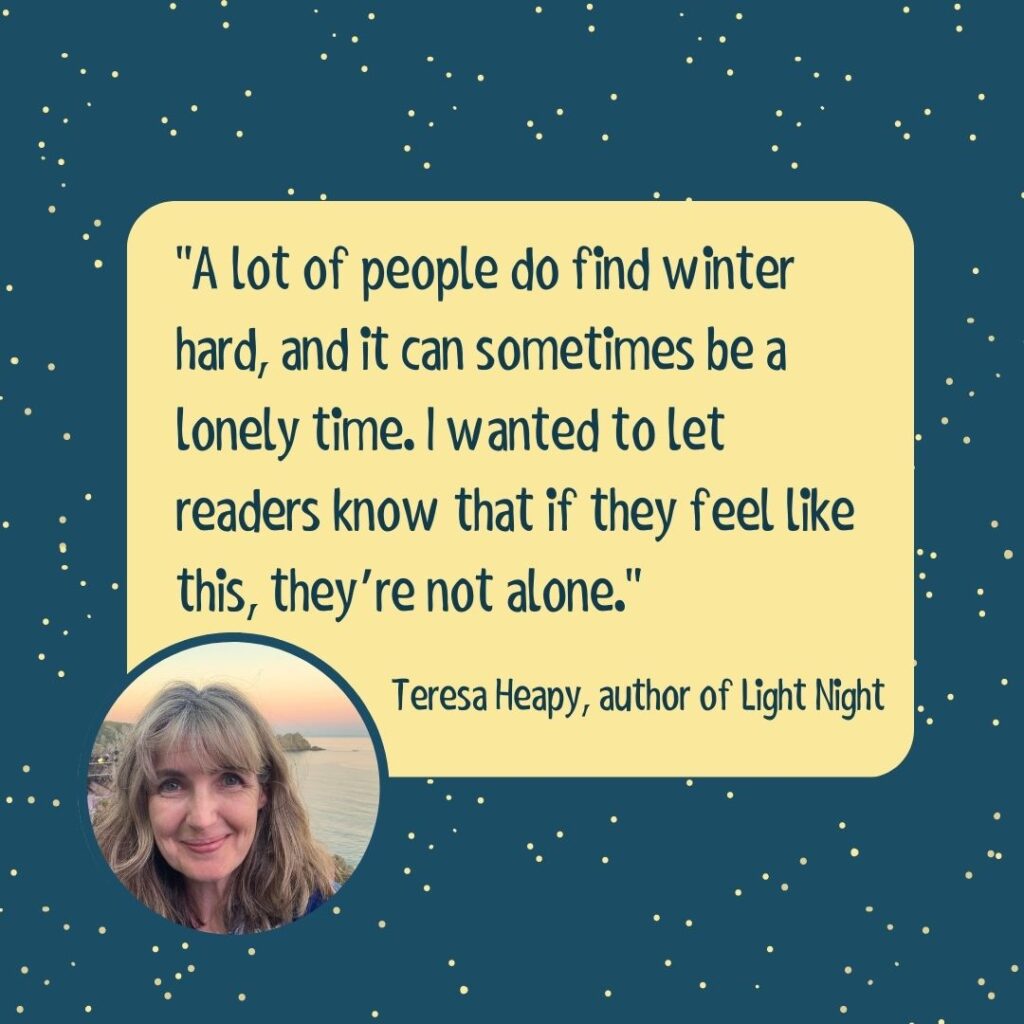Activity 1: Tessellation
Suitable for: Year 2 to Year 6
Learning Focus:
- Identify and use the properties of simple and more complex shapes to explain tessellation
- To be able to create a shape that tessellates and explain why it does
Tessellations are a fun maths and art activity but it’s also a good way to get pupils thinking about shape. Why some simple shapes tessellate is quite easy to understand but when you look at more complex shapes, understanding why becomes more difficult. Tessellation is also known as tiling for, as you’ll see on a roof, a floor or on a kitchen or bathroom wall, tiles must fit together without gaps to stop water penetrating.
Give the pupils a range of 2D shapes, plastic if possible, if not, thick card will do. If you have plenty of them you can ask the children to sort them into squares, circles, triangles etc then arrange each set of shapes so they touch leaving no gaps between them.
Use the accompanying question sheet to allow them to reason about the shapes and their tiling properties.
Now give them a square of card 5cm x 5cm. Ask them to draw and cut a curved or zigzagging line across it from one side to the other then, without turning the shapes over or rotating them, join them with sellotape along the straight edge opposite where they cut and repeat the procedure with a line and cut from one cut edge to the other.
Ask the pupils if they think their new shape will tessellate and to tell you why. Now get them to prove their answer by drawing around the shape several times on plain paper, trying to get the shape to tessellate each time. They’ll find it will but can they explain why?
Activity 2: Symmetry
Suitable for: Year 1 to Year 6
Learning Focus:
- To be able to explain what symmetry is
- To use a variety of methods to create a symmetrical image
Write capital letters on the board in two groups as follows:
Group 1: A, B, C, D, E, H, I, K, M, O, T, U, V, W, X, Y
Group 2: F, G, J, L, N, P, Q, R, S, Z
Ask the children if they notice anything about the letters and what makes them members of the group. If they don’t give the correct answer, draw a dotted line along a line of symmetry and they should see that they have been sorted according to symmetrical and non-symmetrical letters. Ask the pupils to look at the symmetrical letters and say why they are symmetrical. You will find that some say they are the same on each side of the line of symmetry.
You can prove this not to be the case by drawing a letter A on the board with its line of symmetry and then erase the image on one side of the line. Now copy the image from the other side of the line and ask the pupils if their view is correct.
The key word here is that it’s a REFLECTION of part of the image in the symmetry line.
The pupils can practise this by drawing a line of symmetry and, by using a mirror, draw a reflection of it in the line of symmetry.
Another way that illustrates the reflective property of symmetry and which pupils love, is in creating a pattern on small squared graph paper. They simply need to draw a line on the paper which will become their line of symmetry and colour in squares in the same position on either side of the line. To make the task more challenging, the pupils could draw in a second line of symmetry at right angles to the first. In this case they’ll have to colour in their squares four times.
Another much loved activity, especially for younger pupils, is to use paint or inks and folded paper to create symmetrical images.
Activity 3: Irregular Shapes
Suitable for: Year 3 to Year 6
Learning Focus:
- To recognise and name irregular shapes according to their properties
Shapes don’t have to be square or rectangular to be a quadrilateral, nor do they need to have the regular six sided shape to be a hexagon. The difference in the identification and nomenclature of these shapes is simply down to them being regular or irregular so the following shapes are both hexagons because they have six sides:
Ask the pupils now to draw their own irregular shapes that are quadrilaterals, pentagons, hexagons and octagons. How many different ones can they draw?



